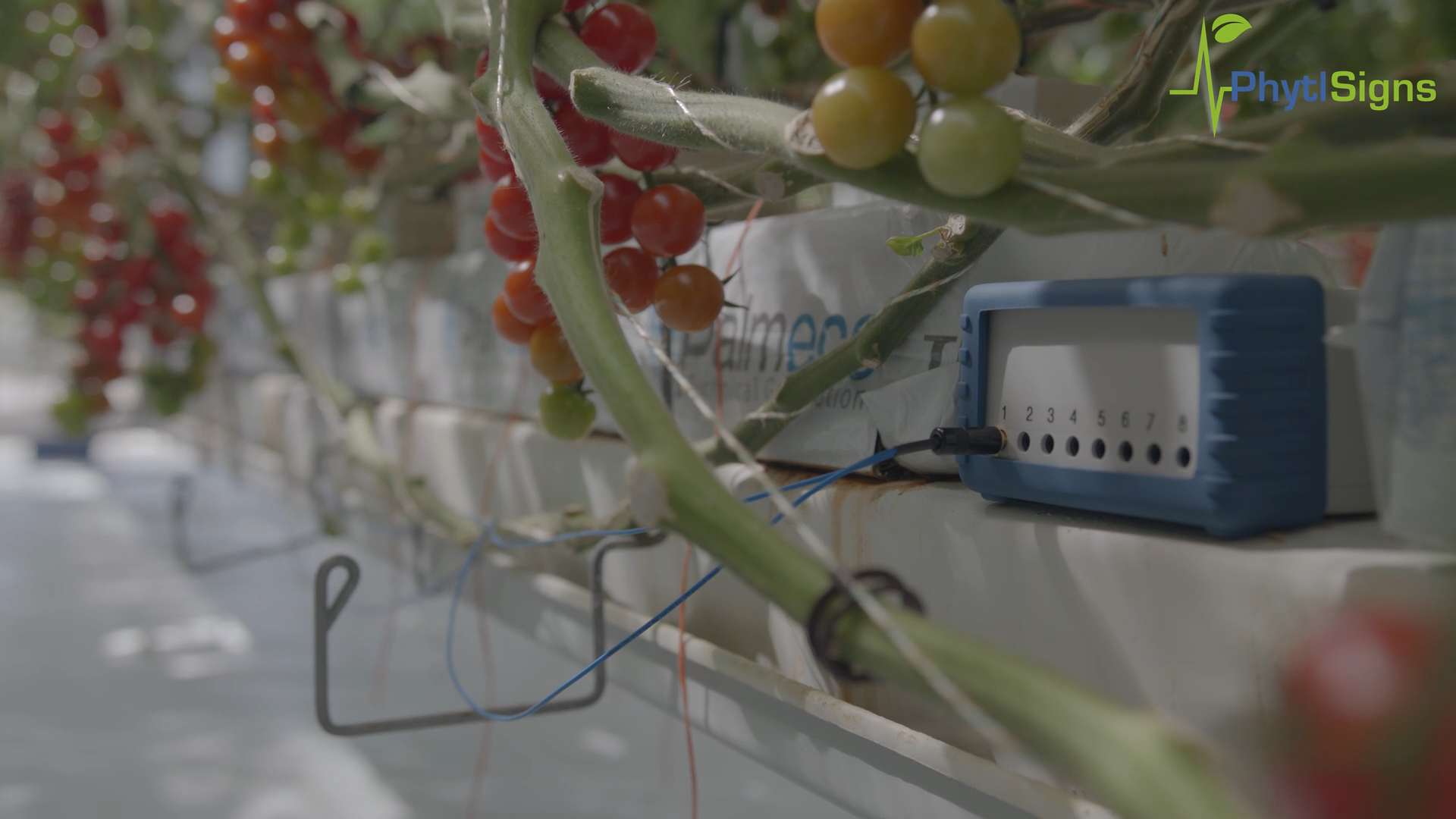Studying and researching agriculture is hot right now, and only going to become more so as we get closer to the year 2050 and the urgency to produce food for 10 billion people.
We need to find new ways of feeding the world with only a finite amount of space for agriculture. How can our technology support these challenges in the classroom, the lab and in real life?
We can think of at least ten ways that PhytlSigns can support agriculture teaching and research:
- PhytlSigns shows real time evidence of cellular signaling – showing responses to light, touch, soil moisture and change in composition of nutrients.
- Early disease detection – PhytlSigns literally listens to a plant and it can “tell” us when it is being attacked, before we see the visible signs.
- What are the issues that growers are struggling with? They want to optimize their water management (irrigation) in increasingly erratic weather patterns and reduce their water footprint. PhytlSigns can show water stress signals before visible signs. This can be used to test drought resistant varieties.
- Crops in Europe are increasingly subjected to lower rainfalls and the risk of increased soil salinity. Learn how to do a salinity trial with our device and what this means for crop selection
- How can you support a grower to reduce their application of fertilisers? Our technology shows the response of the plant to concentrations of chemicals in the soil and air.
- How can we support farmers to improve their yields and reduce their dependence on pesticides? Plants signal when they are being attacked, and depending on which pest is responsible, a different signal can be observed
- Diurnal rhythms of plants - Monitor the diurnal rhythms of plants, note how they change with the change in day length. What are the implications for monitoring the moment of germination or bloom?
- How do plants behave in new environments: Crops are being moved indoors, does a tomato behave the same outdoors as it does in Controlled Environment Agriculture or even in a vertical farm setting?
- How can we use plants as sensors of environmental threats? Plants will signal when levels of chemical, biological, and electromagnetic threats in the environment are not in a normal range.
- Machine Learning has enabled us to train algorithms for specific crop-pest or crop-nutrient pairs. AI has taken precision agriculture to the next level and we are on board.

